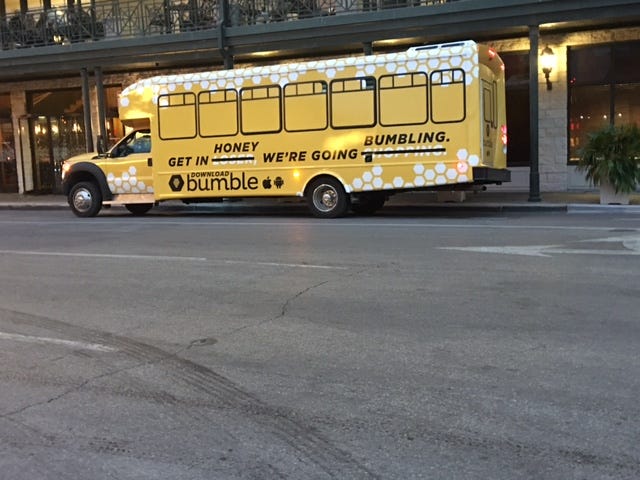Whata��s the best customer service story you know? Every company seems to have that one story where their customer service department went above and beyond to create a legendary customer experience. These experiences often lead to glowing letters of appreciation from the customer which are framed and hung on the wall in the break room. The story gets told at every annual meeting and is written about in the training manual.
A Google search for a�?outstanding customer service examplesa�? yields weeks worth of reading.
And yet in structuring our prospecta��s customer journey, should we really strive to go the extra mile and provide an amazing a�?wow factora�? experience? Or should we focus more on creating a seamless experience across the board that meets our customera��s expectations?
In 2013, Matthew Dixon, Nick Toman, and Rick DeLisi wrote a book answering these questions calledA�The Effortless Experience: Conquering the New Battleground for Customer Loyalty.
Instead of merely positing their theories, the authors surveyed 97,000 customers across several industries who recently had customer experiences. They had access to customer interactions from over 400 companies. What they discovered in their research makes perfect sense to us.
Have you heard the story of Joshie the Giraffe? The authors tell us about a family that was vacationing on Amelia Island, Florida at the Ritz-Carlton. Upon leaving, their young son left behind his precious stuffed giraffe and was beside himself. The parents called the hotel and found out that the housekeeping staff had found Joshie. To console their son, they told him his giraffe was on an a�?extended vacationa��.
Instead of just mailing the stuffed animal to the family, the hotel staff put together a photo album full of pictures of Joshie relaxing by the pool, getting a massage, and going out for 18 holes of golf. They sent the giraffe to the family along with the photo album and a bunch of branded merchandise. Thata��s a heartwarming story, right? It also created a great deal ofA�free pressA�for Ritz-Carlton.
While a particular delightful customer experience may go viral and result in free marketing like Joshie the giraffe did, overall, research paints an interesting perspective that many companies have probably not considered.
Not every family is going to leave behind a stuffed animal. So how does a company replicate that experience? More importantly, does it need to?
The 3 core metrics that are measured in the aforementioned study are:
Repurchase a��A�customers continue to buy from your company.
Share of Wallet a��A�customers buy more from you over time.
Advocacy a��A�customers say good things about your company to friends, family and even strangers.
Those 3 components not only provide a perfect snapshot of the essence of customer loyalty, but they are also measurable.
Most companies believe that customer satisfaction leads to customer loyalty. With that notion in mind, they put a lot of resources into exceeding customer expectations. Using over a million data points from the surveys that the authors conducted, and using the 3 core metrics above to measure customer loyalty, they found that there isA�a�?virtually no difference at all between the loyalty from those customers whose expectations were met and the loyalty of those customers whose expectations are exceeded and those whose expectations are simply met.a�?
Thata��s quite a concept to unpack. As it turns out, todaya��s customer really just wants their issues resolved in the quickest and most effortless manner possible. Not only does exceeding customer expectations have little to no effect on loyalty, it also takes time, money and other resources. Wouldna��t it be better to use those resources to create an effortless and consistent customer journey?
Of the senior leaders interviewed by the authors, about 80% of them reported that a strategy of exceeding customer expectations led to significantly higher operational costs.
The fact is, in our attempts to delight customers, we may actually be fosteringA�disloyalty.A�How can that be? According to the numbers compiled by this survey, any customer interaction is four times more likely to create disloyalty than to drive loyalty. The reason behind this lies within a tenet that we all know to be true: a customer with a bad experience is more likely to create more negative word of mouth (65%) compared to the amount of positive word of mouth a customer with a good experience will create (25%).
If a customer interaction (after the initial sale) is to occur, ita��s almost always because there is a problem. If we put ourselves in our customera��s shoes, wouldna��t we want the most effortless and seamless solution to be provided to us? When properly executed, an effortless experience can make the customer forget that they even needed to reach out for help.
Instead of trying to create a one-time delightful experience, the numbers show that it is much more impactful for a company to focus their resources on consistency and effortlessness for their customers.





2016 was anything but basic. The accelerated rise of indie players, sharing economy and adoption of tech-enabled lifestyles have defined the past twelve months. In 2016, Amazon started selling Kickstarter products, WeWork launched co-living apartments WeLive, Alexa learned over 5,000 skills and wearables got more fashionable. Across fashion, beauty, accessories, food, wellness, and home, consumer expectations are shifting and the retail landscape has changed from the bottom up. In 2017, and beyond, consumers will adopt connected products and disruptive models at an accelerated speed.